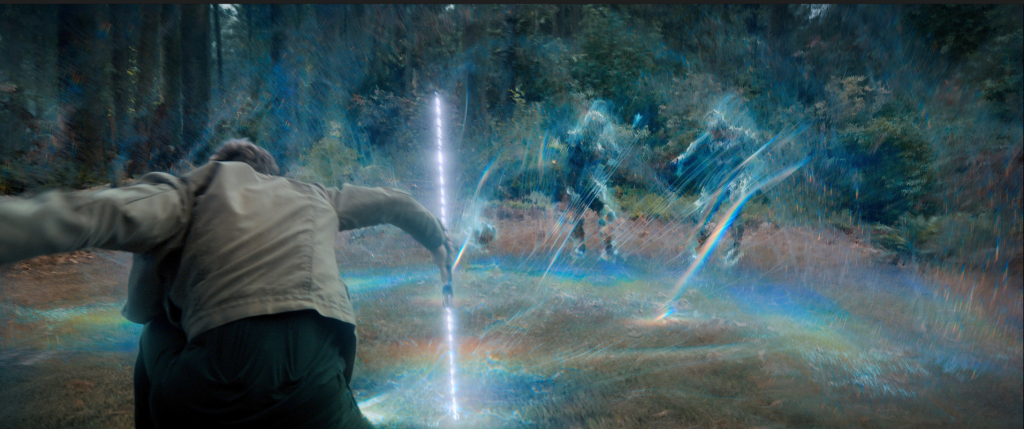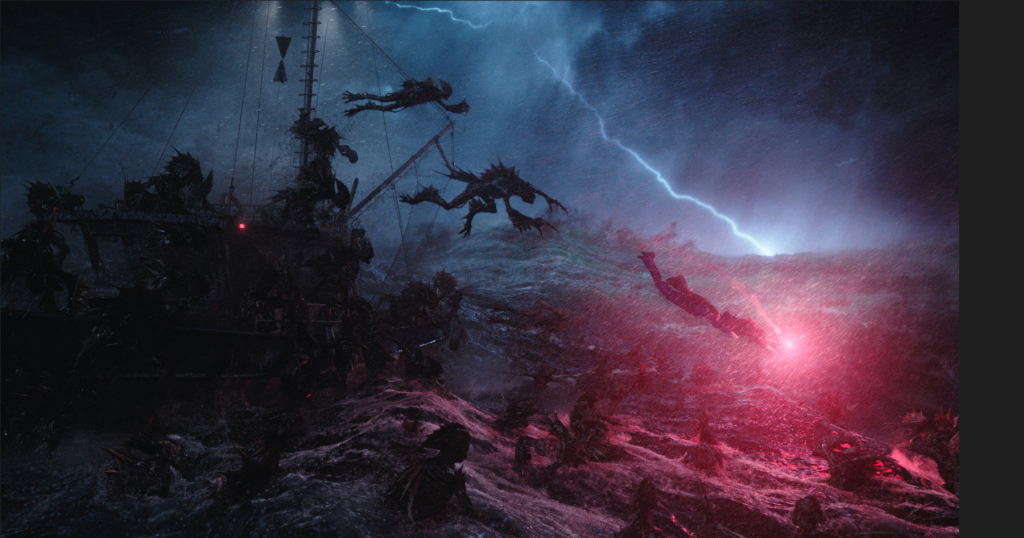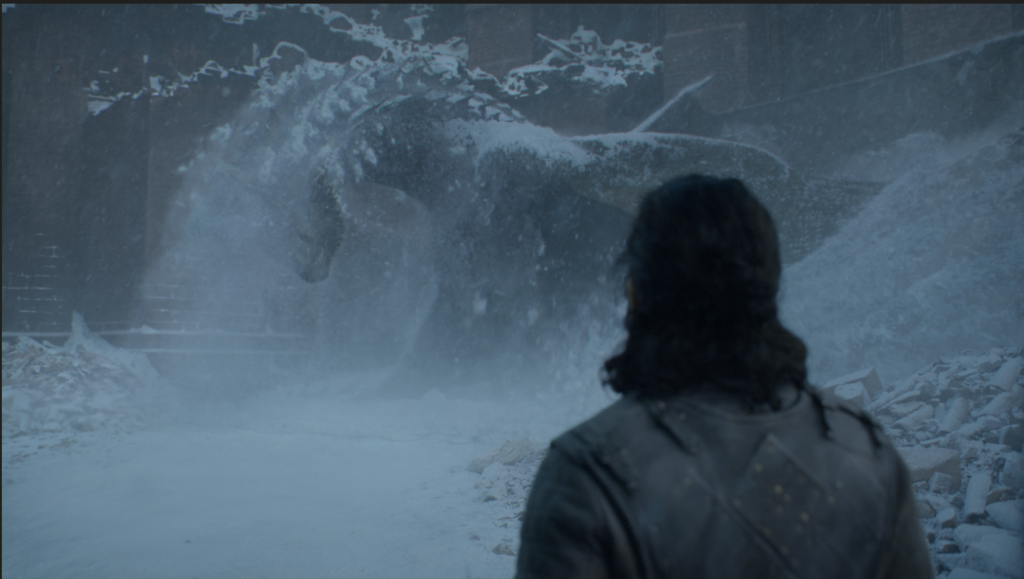AWS for M&E Blog
AWS open sources Thinkbox artist tools for Autodesk Maya and Autodesk 3ds Max
Today Amazon Web Services (AWS) announces that AWS Thinkbox plugins for Autodesk Maya (Krakatoa MY and XMesh MY), and for Autodesk 3ds Max (Krakatoa MX, XMesh MX, Frost MX, and Stoke MX) are now available under the Apache 2.0 open source license. You can access the source code from GitHub for KrakatoaMY, XMeshMY, KrakatoaMX XMeshMX, FrostMX , and StokeMX. AWS Thinkbox artist tools simplify rendering, VFX, and simulation workflows, and are in use by top studios around the world. Krakatoa is a volumetric particle rendering, manipulation, and management toolkit, XMesh is a geometry caching solution, Frost is used for generating a single mesh from particles; and Stoke is a particle and volumetric simulation tool.
AWS is dedicated to supporting content production customers by providing artists and studios broader accessibility to AWS Thinkbox products. Inspired by customer feedback, AWS has open sourced Krakatoa MY, XMesh MY, Krakatoa MX, XMesh MX, Frost MX, and Stoke MX empowering customers by providing them choice, the ability to customize the tools to meet their needs, and make more informed long-term decisions.
You can also download pre-built binaries for use at no charge from the AWS Thinkbox download page on the AWS Management Console.
To learn more, please visit Krakatoa, XMesh, Frost, and Stoke.
Open source AWS Thinkbox artist tools help customer Scanline, plan for the future
“With the AWS Thinkbox tools available as open source, we can contribute to the path forward and take control of how it evolves,” explained James Braid, Scanline VP of Technology. “XMesh has always been part of the decision-making process for migrating to the latest content creation application version. Now we can determine our own timelines and add our own special enhancements if needed. Open sourcing gives us more control over our destiny.”

Figure 1 – XMesh is used by Scanline on each project, including the latest season of the Netflix series Stranger Things
Whether it’s destroying downtown Hawkins for the finale episode of Stranger Things 4 or creating exhilarating fight sequences through various locations for The Gray Man, global visual effects (VFX) studio Scanline has amassed an impressive list of feature film and episodic credits since its inception in 1989. Making these visions a reality requires the studio’s more than 1,200 artists across seven locations to leverage an assortment of content creation applications. Although the workflow varies based on project requirements, almost all Scanline work is bookended in the same manner, with Autodesk Maya used for animation and rigging, Houdini for effects and Autodesk 3ds Max for simulation, effects, and rendering. Using AWS Thinkbox XMesh, a plug-in for efficiently caching and loading large files, artists can easily transition shots between the two creative applications as scenes progress.

Figure 2 – Scanline used AWS Thinkbox tools in The Adam Project to create exhilarating fight sequences
As an early XMesh adopter, Scanline has relied on the tool since its initial release in 2013. “XMesh is one of the first tools I installed at Scanline, because I needed to reliably get data to and from Maya and Max,” said Laszlo Sebo, Supervising Technical Director, Scanline. “We have used it on every single show for every single asset since then, which is something a lot of our pipeline developers don’t even realize because it just works under the hood, and they never have to touch it. XMesh fixes a core problem that no other solutions solve properly.”
XMesh stood out from other tools because it was created by developers experienced in content production. “Thinkbox Software, the creator of XMesh, was a small, development-centric company, so when it was acquired in 2017 by AWS, we had some concern about the long-term goals for these tools that are so important to us. Fortunately, Amazon has been very supportive of the tools’ ongoing development,” added Sebo. “With XMesh being made open source, we have the ability to better plan for the future, and can count on what we need being accessible indefinitely. For us, this is the best possible outcome.”

Figure 3 – Scanline used Krakatoa to generate crowd animation cycles in Aquaman
In addition to XMesh, Scanline also uses other AWS Thinkbox artist tools for select projects, most frequently Krakatoa. “AWS Thinkbox plug-ins give artists the ability to iterate quickly. They were developed by people that understand the fast-paced nature of the VFX industry and how to optimize workflows, which make them ideal tools,” Sebo shared.
A few of Scanline’s notable applications of Krakatoa include instancing rain particles for The Batman, generating crowd animation cycles and digital trees for Aquaman, and adding CG snow storms to season eight of Game of Thrones. AWS Thinkbox artist tools were key for these implementations.

Figure 4 – Scanline used Krakatoa for instancing Rain Particles for Aquaman

Figure 5- Scanline added CG snow storms to season eight of Game of Thrones using Krakatoa
For more information and the latest updates on AWS Thinkbox artist tools, please visit the AWS Thinkbox home page.